One day recently while watching videos on Model Railroader Video Plus, I came across a four-part series on using Arduinos for things like layout sound effects and animated lighting. I had never heard of Arduinos before, and those are aspects of the hobby that have been on my mind because it’s something I can work on without already having a layout, and it’s something that I can spend time getting familiar with, so that I’m ready with some automation solutions when I do have the space for a layout.
As Wikipedia describes them, Arduinos are “single-board microcontrollers and microcontroller kits for building digital devices and interactive objects that can sense and control objects in the physical and digital world.” Arduino boards will enable me to create the kind of electronic circuits I’ve had in mind, without the need to create the logic out of just the right combination of resistors, capacitors, timer chips, diodes and other electronic components, most of which I have very little understanding of. When circuits like those don’t work as expected, my lack of knowledge of those things makes it very difficult to troubleshoot. Arduinos, however, use the C++ programming language and a special Arduino …
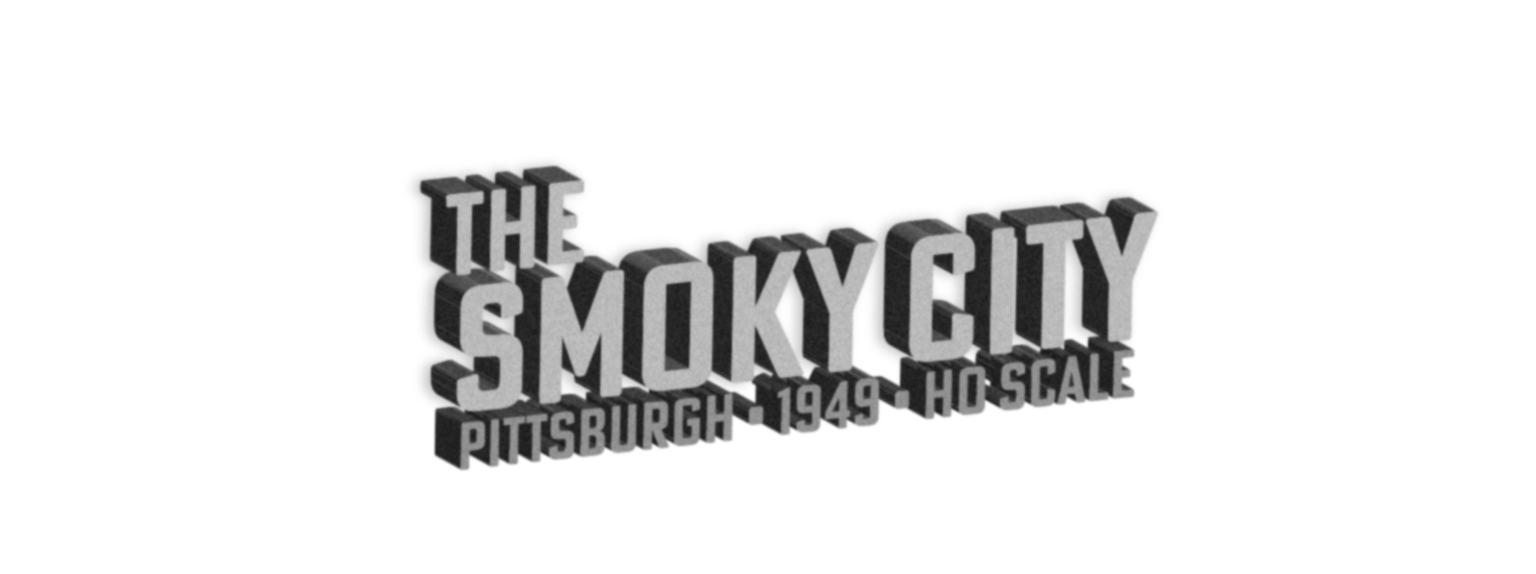


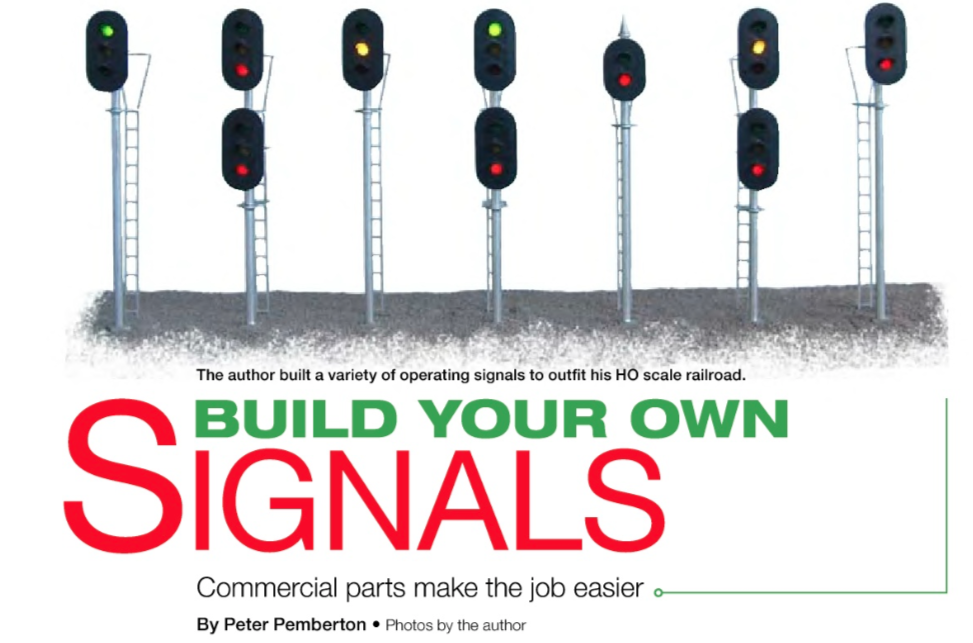



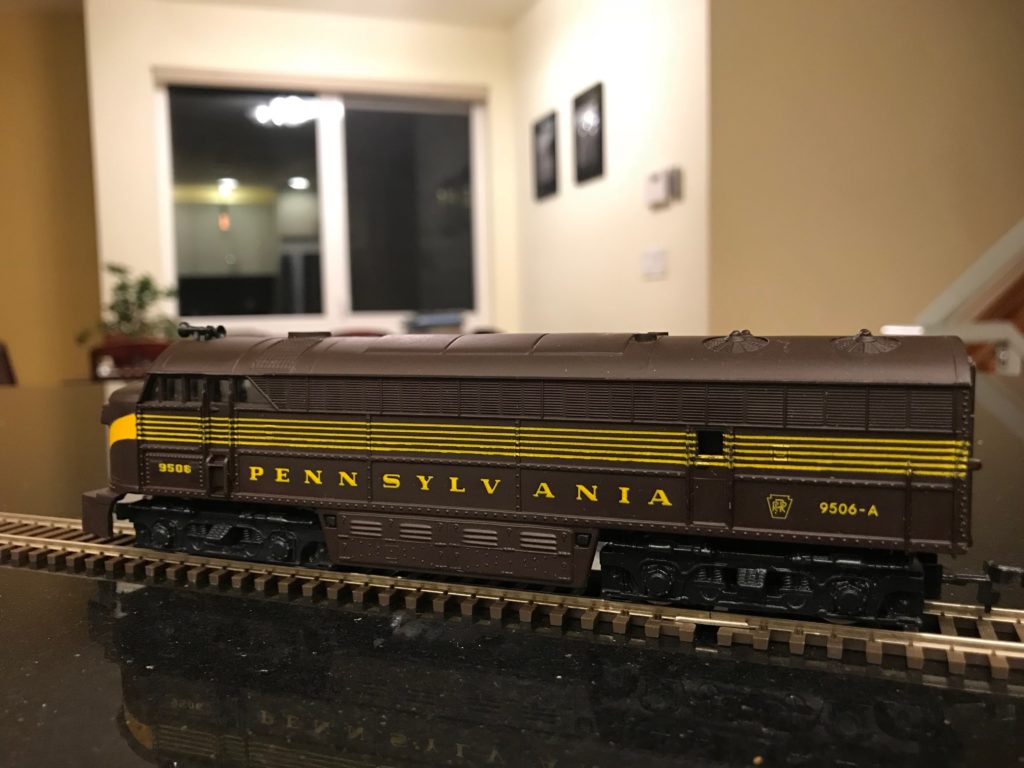
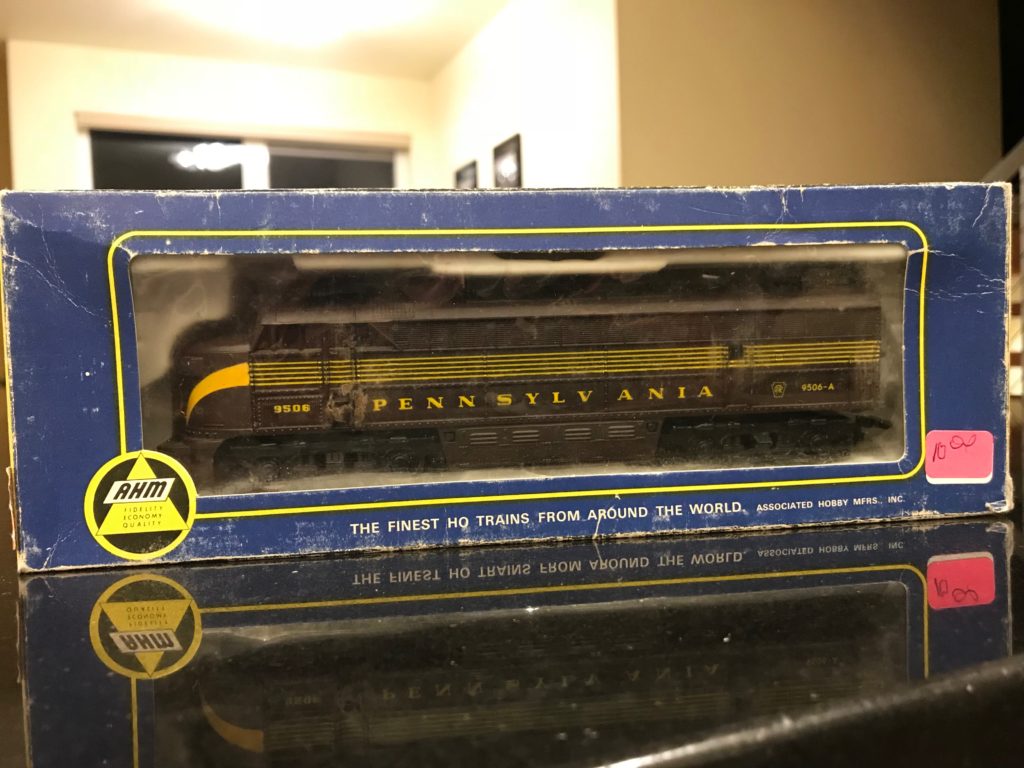
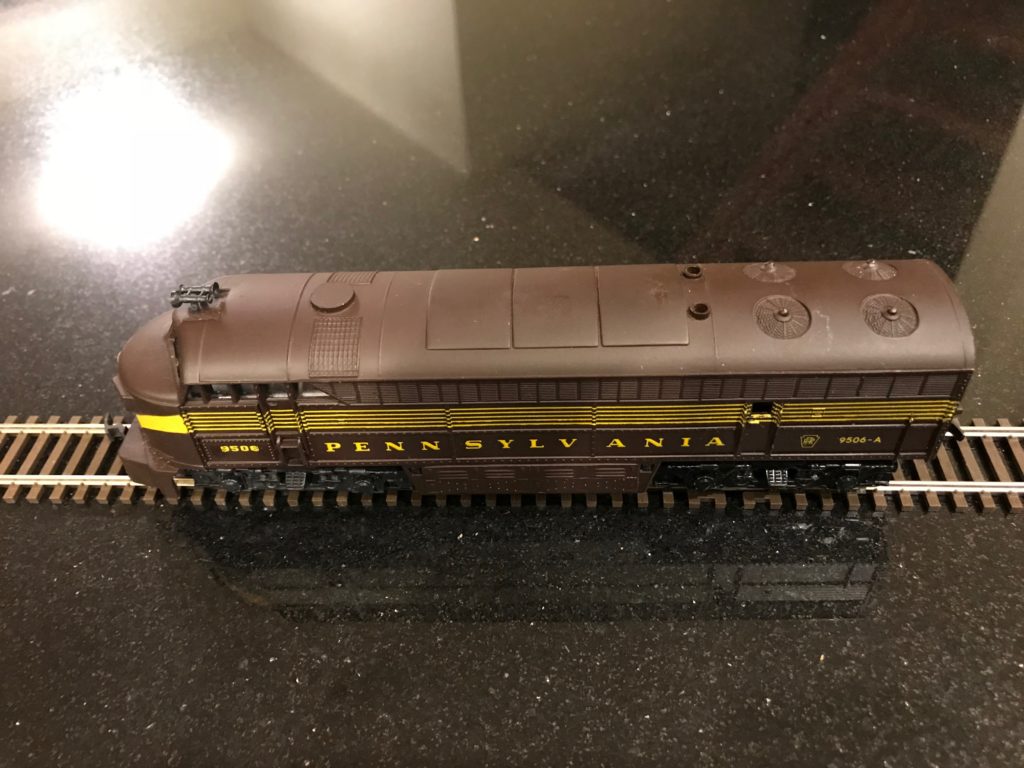
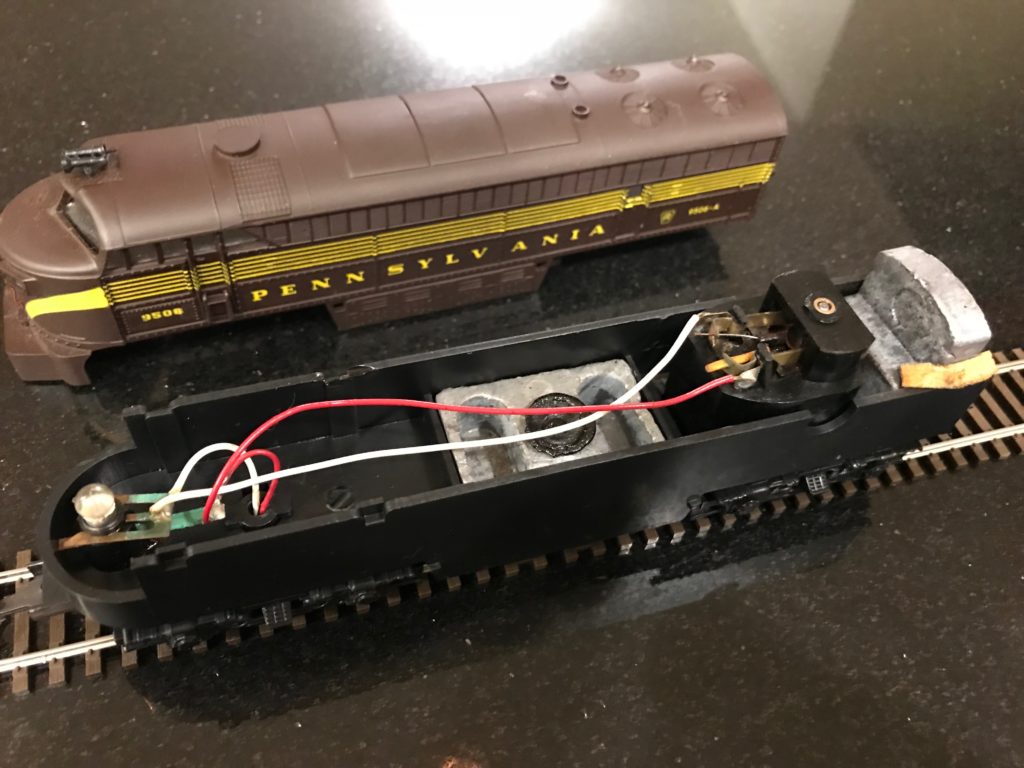
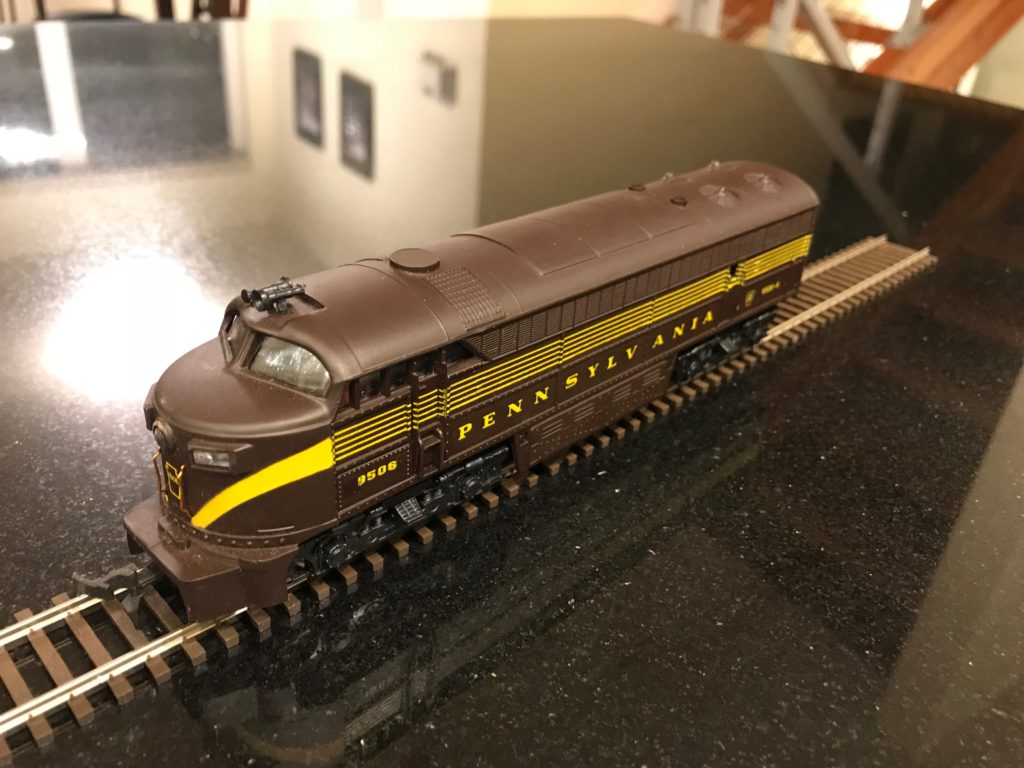

 …
…
